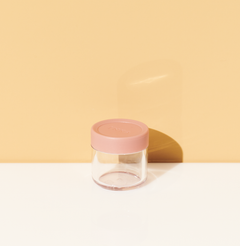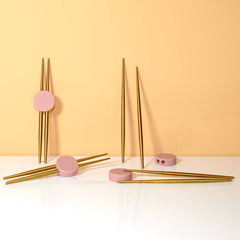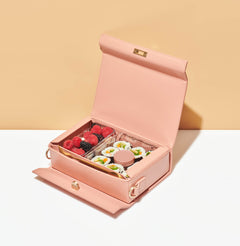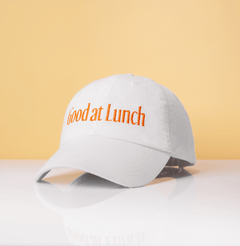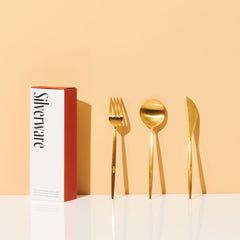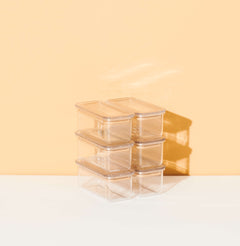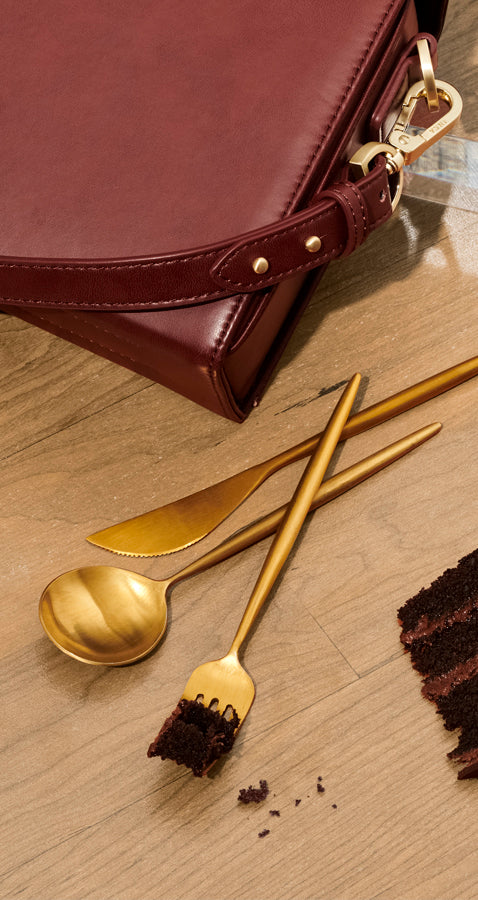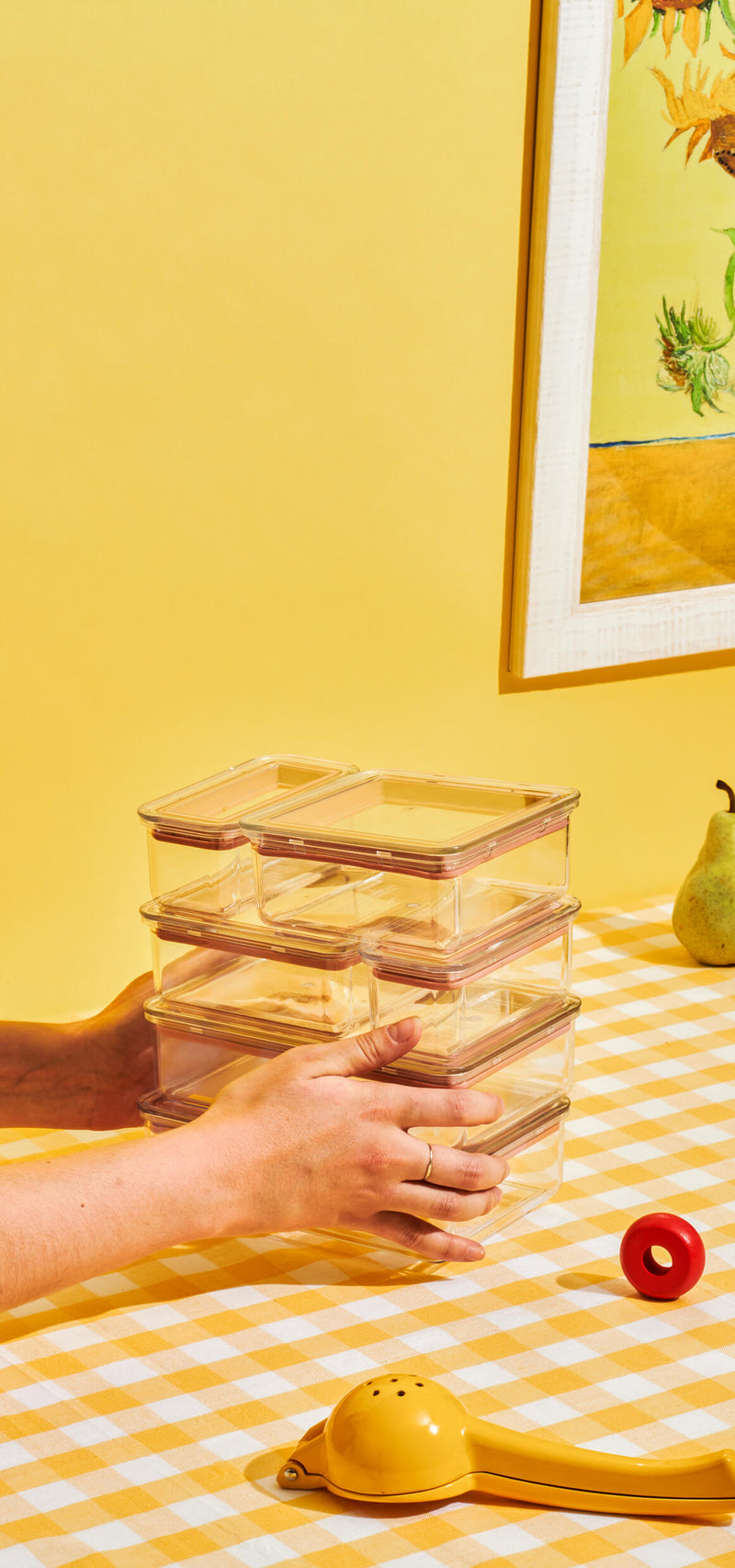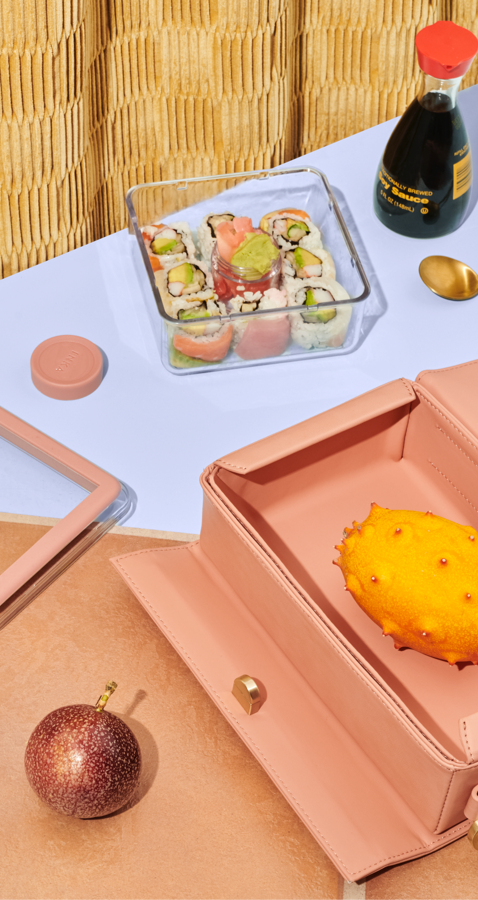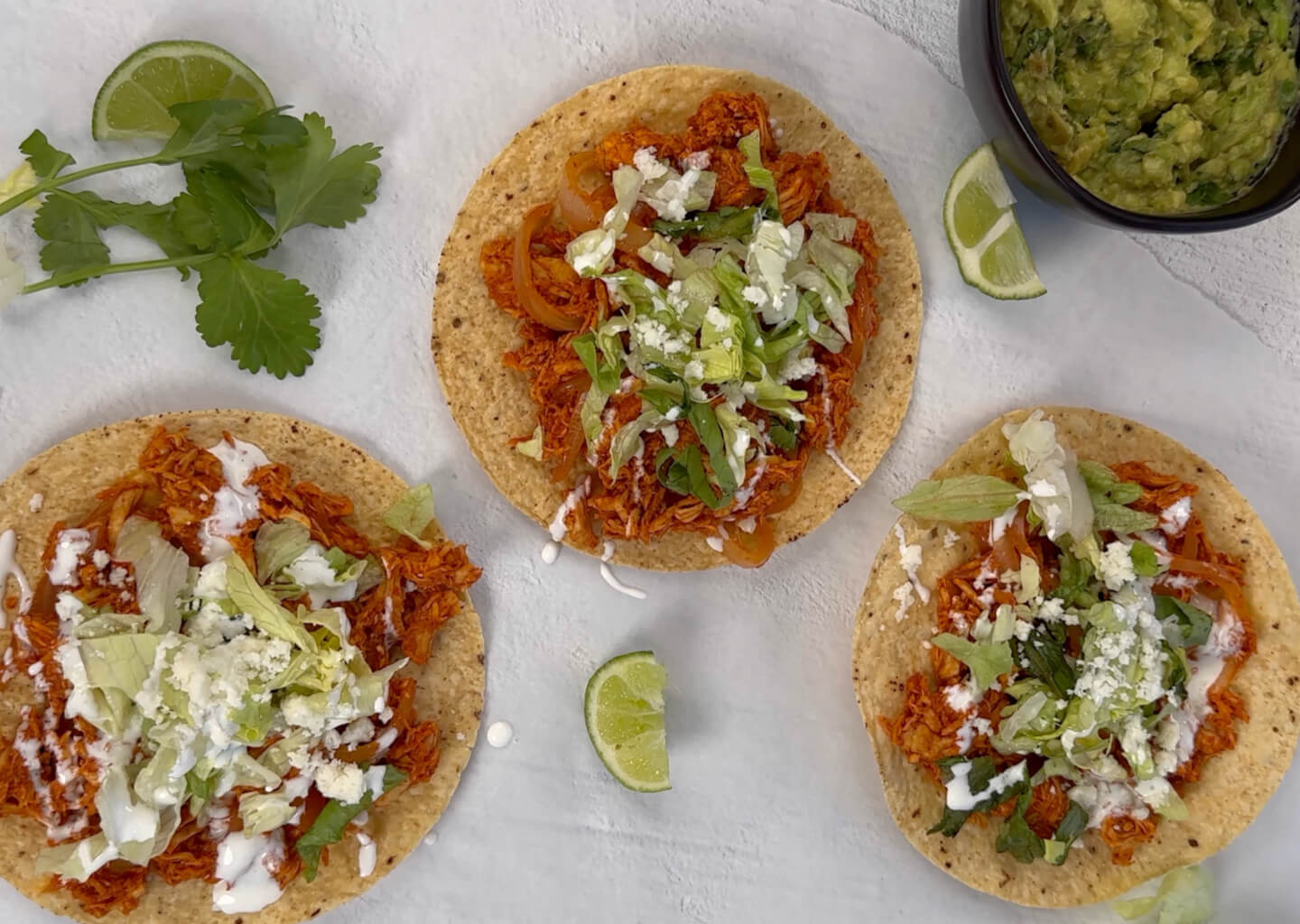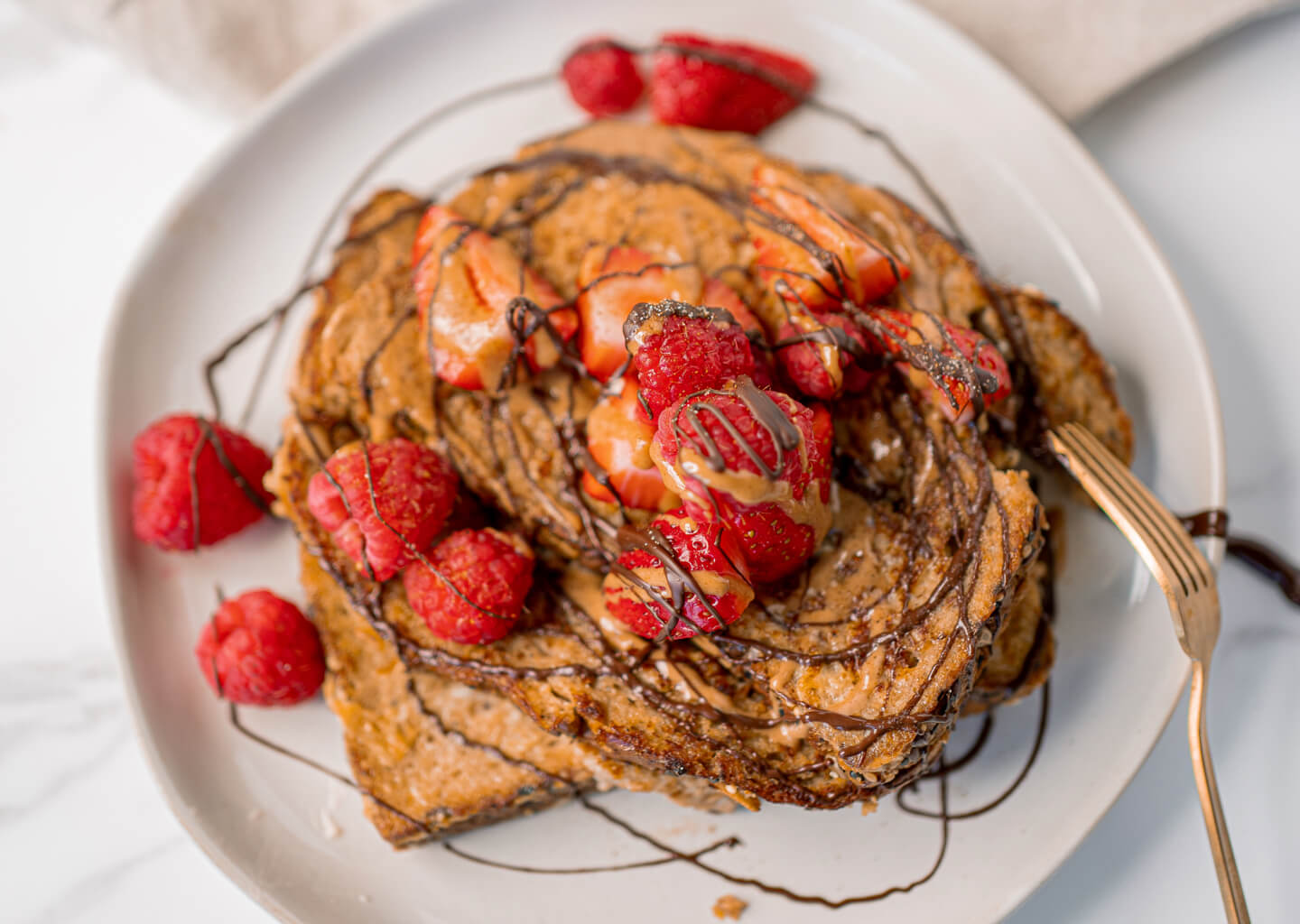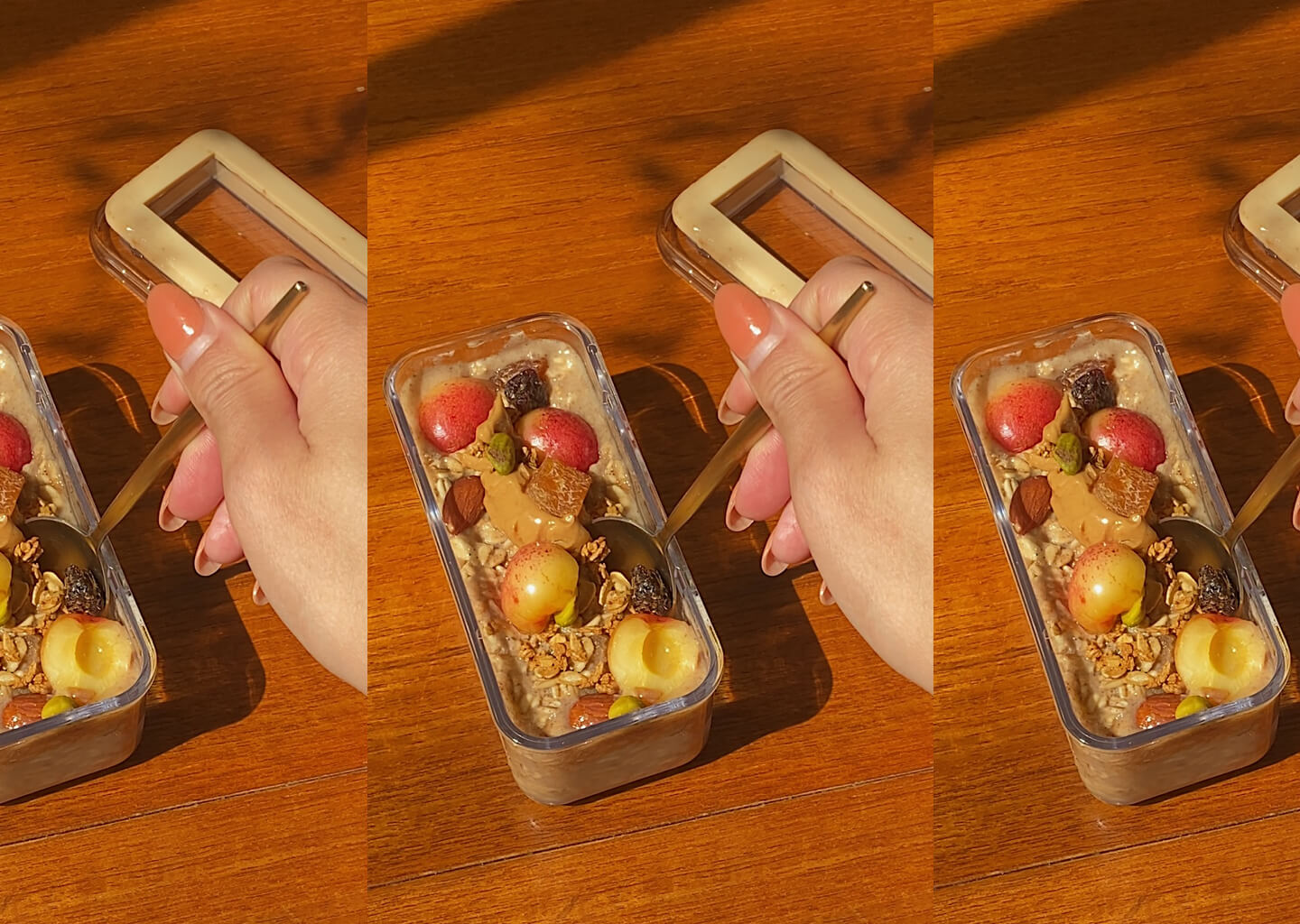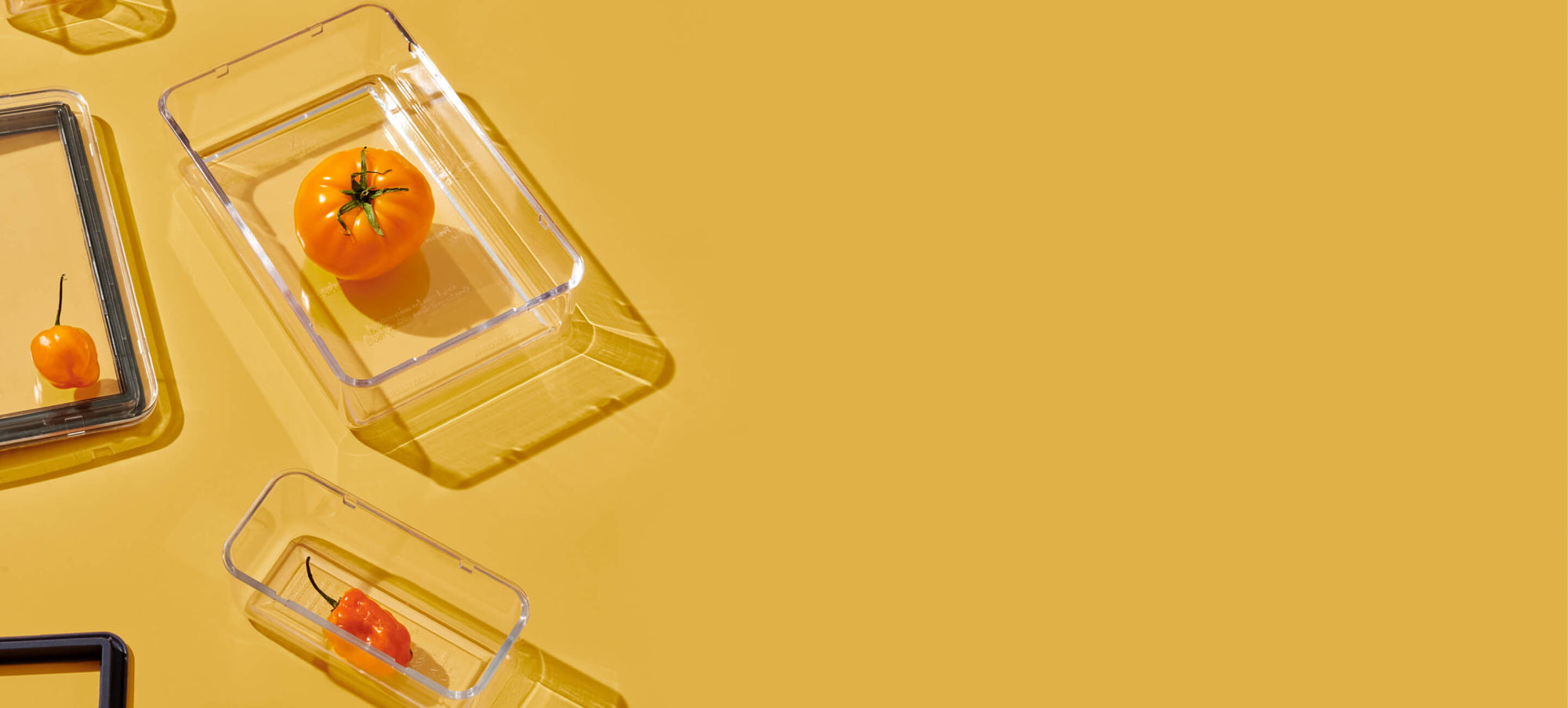Whether you’re a food storage enthusiast or just upgrading your old takeout containers, picking food storage containers can be overwhelming. We break down the top four materials to help you decide.
--
Glass Food Containers
- Transportability 1/5
- Material Safety 3/5
- Space Efficiency 3/5
- Microwave safe 5/5
- Longevity 4/5
- Seal-ability 2/5
Glass is a fantastic choice if your priority is storing food at home and avoiding toxins. It’s fantastic for reheating food in a microwave or oven. The downside is that glass is heavy and rigid which prevents effective sealing so it’s not a good fit for meals on-the-go. Glass also loses points on safety as it tends to chip or crack overtime, and for that reason we suggest choosing a different material if you have young children. Lastly, it tends to be bulkier so we recommend glass if you’re looking for your occasional fridge storage instead of your permanent pantry system.
Overall Rating: 3/5

Polypropylene Plastic Food Containers
- Transportability 5/5
- Material Safety 3/5
- Space Efficiency 5/5
- Microwave Safe 4/5
- Longevity 3/5
- Seal-ability 5/5
While we are all scared of plastics, there’s a reason why it’s the most popular food container material. It’s durable, microwave friendly and its flexibility makes it the best contender for a leak-proof seal. But we get it, the potential toxins give the material a bad rap. The good news is that not all plastics are made equal, and there’s a lot of information online about which to trust and which to avoid. BPA-free polypropylene (known for the 'PP' label) is a popular choice for plastic food containers and is typically clean of chemicals. Its main downside is that it tends to warp, stain and scratch overtime.
Overall Rating: 4/5

Stainless Steel Food Containers
- Transportability 4/5
- Material Safety 5/5
- Space Efficiency 5/5
- Microwave-ability 0/5
- Longevity 5/5
- Seal-ability 2/5
Stainless Steel is popular these days and for good reason! It’s typically light and thin, lasts a long time and is free of toxins. It loses a few points on seal-ability – the rigidity of the material can make Stainless Steel susceptible to leaks. It’s also not the best for storing leftovers as you can’t easily see what you’ve stored inside. But Stainless Steel’s biggest downside is that it can’t be reheated so unless you like your spaghetti cold, it won’t solve your food storage needs.
Overall Rating: 3.5/5

Our Material: Tritan Copolyester Food Containers
- Transportability 5/5
- Material Safety 5/5
- Space Efficiency 4/5
- Microwave Safe 4/5
- Longevity 5/5
- Seal-ability 5/5
After 3 years of product development, we landed on Tritan Copolyester. If you want one solution that can do it all, then our Tritan Copolyester containers are for you. It is light, microwave safe, lasts forever, has exceptional seal-ability to keep food fresh and avoid leaks, and it is free of toxins. The downsides to Tritan is that it cannot be put in the oven, and it cannot be microwaved for an extended period if it contains extremely oily food. Tritan was typically reserved for appliances such as the Vitamix blender due to its exorbitant price, and is made by an FDA approved US company.
Overall Rating: 4.7/5

